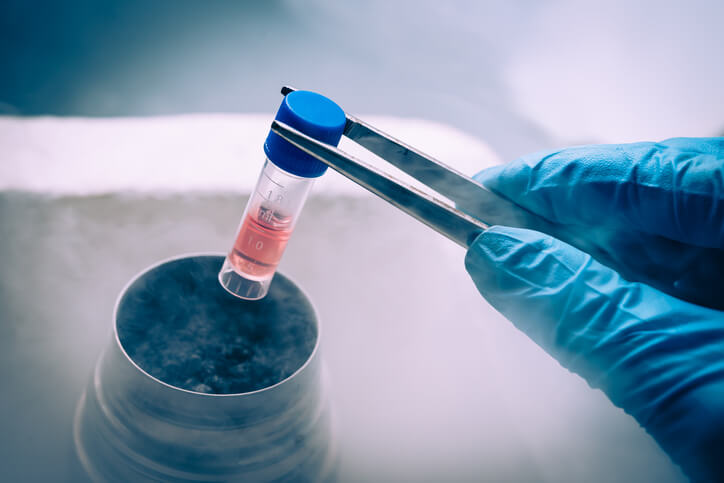Stem cell therapy holds a lot of promise for the future, and you may be tempted to think of it solely in futuristic terms. But as we continue to explore all the ways we can use it, it should be mentioned that stem cell therapy is already in use today – most commonly as a treatment for blood diseases like leukaemia and for tissue grafts for skin and bone diseases or injuries.
While stem cell therapy is gaining steam as a viable treatment option for numerous diseases and conditions, few people know much about it. What are stem cells? Where do they come from? Why is there such an interest in them? And what is the controversy surrounding them?
What are Stem Cells?
Think of your stem cells as your body’s raw materials, on top of which all other cells (and everything else for that matter) are generated. Under optimal conditions, they divide and create new cells known as daughter cells.
These daughter cells then go on to become stem cells or specialized cells, meaning they have a specific function. Your stem cells are the only cells in your body capable of generating new cell types. So, to say they’re important for your health, would be like saying breathing is important.
Where do Stem Cells Come From?
There are several sources of stem cells that researchers have identified for the purpose of stem cell therapy. These include embryonic stem cells, adult stem cells, adult stem cells that have embryonic properties, and perinatal stem cells.
As the name suggests, embryonic stem cells come from embryos, usually between three and five days old. Their use is currently limited; however, these are the stem cells with the greatest power to regenerate and help repair organs and tissues that have been damaged.
Adult stem cells can be found in most tissues, like fat and bone marrow. They’re regenerative abilities are significantly lower than embryonic stem cells. And adult stem cells with embryonic properties are those adult cells that have been reprogrammed genetically to act more like embryonic stem cells.
The last group, perinatal stem cells, comes from the amniotic fluid that helps protect the fetus while it’s in the uterus. These stem cells can change into specialized cells, but there is still much about these that we don’t know.
Why is there Controversy Around Stem Cells?
Using embryonic stem cells, as opposed to adult stem cells, is a matter of ethics for some, since they’re obtained from human embryos. More specifically, they come from embryos created in vitro (meaning outside a living organism, as in a laboratory) rather than from a female uterus.
The National Institutes of Health (NIH) has created specific guidelines for the use of embryonic stem cells, including how they’re used and how they’re donated. And if you’re wondering why we just don’t use the adult stem cells, it’s because they are not nearly as powerful, versatile, or durable.
Why Such an Interest in Stem Cells?
You are only as healthy as the health of your cells. Healthy cells, healthy body. It’s that simple.
Healthy stem cells can be used to replace diseased cells. They can repair damaged tissue and have strong regenerative capabilities as well. And by watching them mature and grow in a laboratory setting, researchers may gain a better understanding of how diseases and health conditions arise in the first place.
The wondrous aspect of stem cell therapy is that it mimics your own body’s process for promoting healing and disease prevention. No manipulation is necessary. The stem cells know exactly where to go and what to do.
If you have inflammation in your body, or tissue damage, they know to home in on that problem and fix it. In fact, the list of conditions and diseases that stem cell therapy could potentially help treat is limitless and includes:
- Diabetes
- Vision loss and impairment
- Hair loss
- Spinal cord injuries
- Brain trauma
- Orthopaedic and musculoskeletal injuries
- Cardiovascular diseases like coronary heart disease, stroke, and congestive heart failure
- Neurodegenerative diseases like Alzheimer’s, multiple sclerosis, and Parkinson’s
We can all probably agree that the fabled Fountain of Youth is a myth, even though the famous explorer Ponce de Leon spent many years trying to find these magical waters. But what if stem cell therapy proves to be just that – a way to live both healthier and longer than we ever thought possible?
Interested in stem cell therapy? Check out our stem cell therapy page for a list of conditions, information on whether it’s right for you, and what you can expect from treatment. Remember, your pain is treatable. And the first step is contacting the health professionals at 360 Pain Treatment.
Know more about Dr. Raju Mantena












